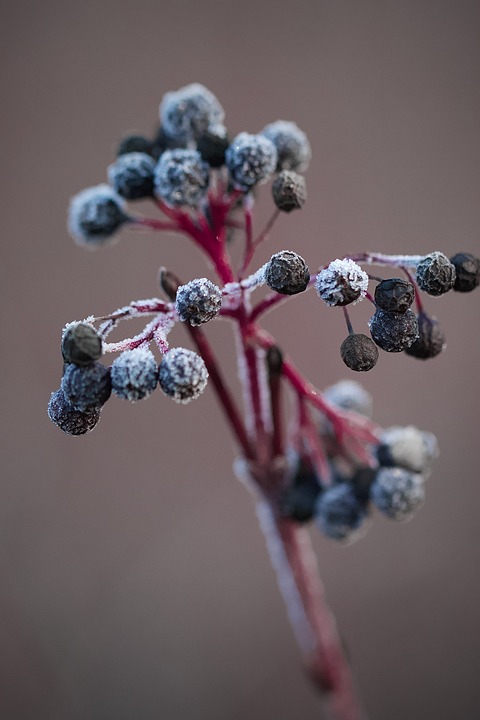#CommunityLove – Sweet Treats for Wildlife
“Embrace winter with sweet treats (for wildlife!)”
via WWF Canada.
“…As you look out at the muted landscape and don an extra sweater to keep off the chill, the time for harvesting fruit may seem long past. And yet, that’s precisely what many species will be prioritizing over the next few months. While migratory birds left months ago and overwintering mammals, insects, reptiles and amphibians are cozily burrowed in dens, leaves, logs and mud, many other animals remain active during the winter. These species rely on berries and other fruits — as well as nuts and seeds — found on trees, shrubs and stems. Together, this diet delivers the fats, protein and carbohydrates they’ll need to survive long stretches of sub-zero temperatures. Among those depending on this winter bounty are blue jays, cedar waxwings, northern cardinals and black-capped chickadees as well as deer, squirrels and chipmunks.
Many native trees and shrubs and some herbaceous plants have fruits that persist into winter, including nannyberry (Viburnum lentago), sweet crabapple (Malus coronaria), American mountain-ash (Sorbus americana), common winterberry (Ilex verticillata), black chokeberry (Aronia melanocarpa), bunchberry (Cornus canadensis), thin-leaved snowberry (Symphoricarpos albus) and red-osier dogwood (Cornus sericea).
Beyond providing winter food for animals, many of these plants contribute visual interest that you may enjoy, with coloured or textured bark, early spring blooms and beautiful leaf colours in the fall. They also provide shelter and nesting habitat, bringing wildlife into your garden all year ‘round. In urbanized areas, they can be planted as privacy hedges and help decrease run-off by absorbing rainwater with their root systems. Growing these species really “bears fruit” for both wildlife and people!…”
To read more, click here.



